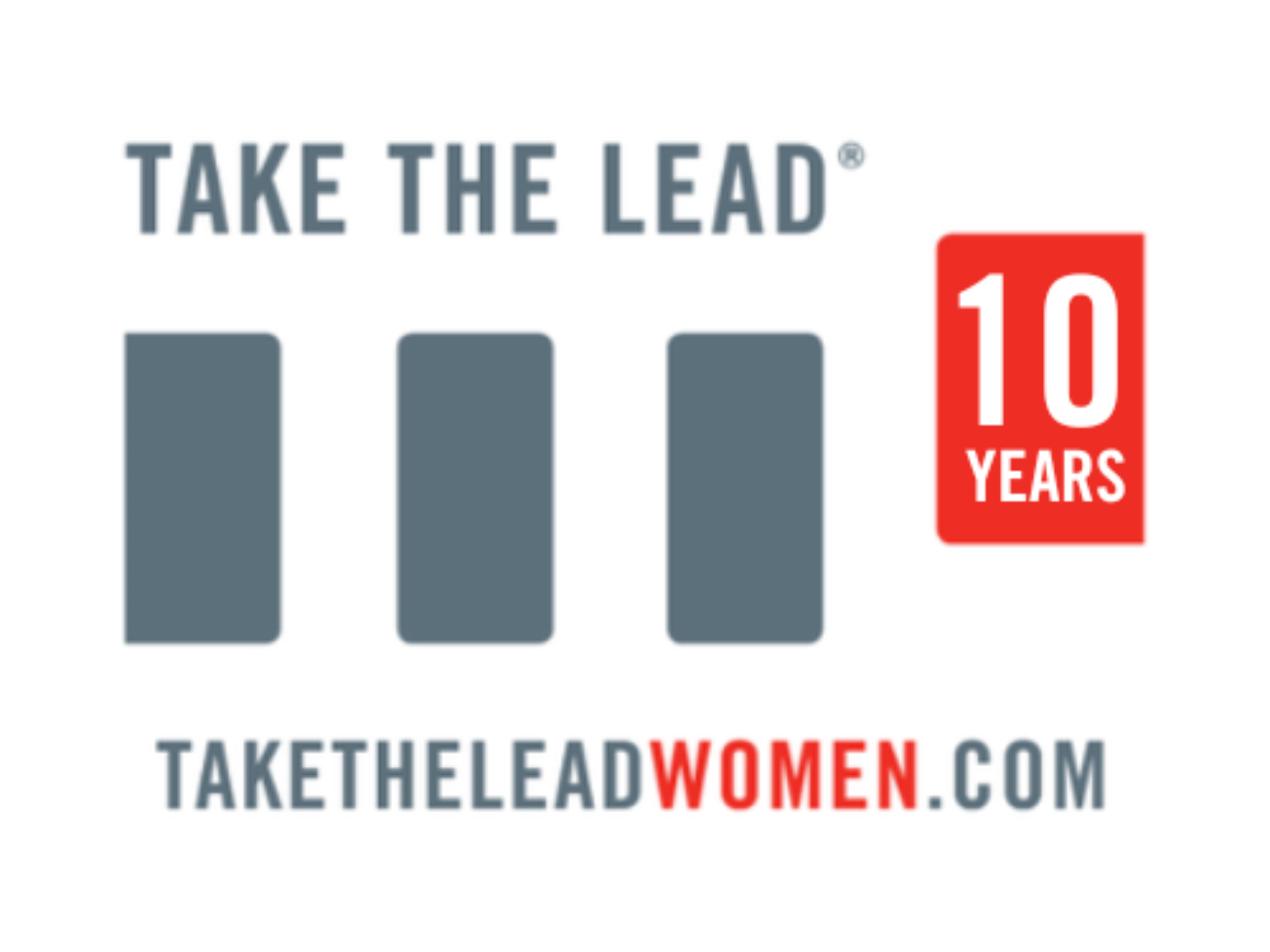You cannot escape the impact economics has on every aspect of your life. Understanding the rapid changes today in employment trends, tariffs, labor, opportunities, consumer needs, inflation, behavioral economics as well as the laws of supply and demand in the U.S. and globally will make you a better leader and wiser entrepreneur.
“Economics has something to say about whatever you are talking about,” says Professor Kim Holder, managing director of the Center for Economics Education at the University of Tennessee at Chattanooga.
So it is best to learn everything you can about the latest economic news.
Whether you are a business owner, producer, service provider, consumer, investor, innovator, manager or organization leader, understanding how the latest policies, studies and forecasts are quickly changing can affect your work, life, income and wealth is critically important now and for the future. Perhaps more than ever considering the accelerated rate of changes.
“An economic way of thinking is a toolbox that can be used to see the world differently,” Holder says. Speaking at a recent economics conference sponsored by Concordia University of Wisconsin, Economics Wisconsin and the Federal Reserve Bank of Chicago, she offered tools for understanding economics from an economist’s point of view.
“Economics is the science of choice and the study of how people make decisions,” Holder says. “Economics is a way of thinking about and understanding your world.”
It’s not just money. Here is a roundup of six themes with resources and options from a trio of experts to help you deconstruct processes and systems you have in place and assist you in building for the future.
Incentives. Whether as a leader you are trying to incentivize members of your team to be more productive, creative or collaborative, you need to present benefits that outweigh the costs for them.
For instance, they need to see they will get time off, a bonus, promotion or a positive result for effort extended that produces tangible, measurable outcomes. The paradox is that the idea that the more time you work, the more money you earn, can make a person less effective. The incentive then must be on quality of work over quantity of hours.
If you are a producer of goods, or you deliver services to clients and consumers, you need to frame the incentive as “all or nothing,” as that appeals to humans making choices. They will choose to buy in, rather than miss out completely.
It’s important to look at incentives, particularly as it relates to the gendered difference in the number of men and women working. The U.S. Chamber of Commerce reports that as of 2024, “Women are participating in the labor force at the lowest rates since entering the labor force in meaningful numbers in the 1970s. In the spring of 2020, 3.5 million mothers left their jobs, driving the labor force participation rate for working moms from around 70% to 55%.”
The return to work since the pandemic has been slow, and “women’s labor force participation rate has not yet fully recovered to its pre-pandemic rate or to when it was at an all-time high of 60.2% in early 2001.”
That knowledge can inform considerations about hiring, and shifts to return to the office.
Surplus and scarcity. When an item or service is in high demand and there is not enough to go around, you can choose to create more or to come up with an alternative. There is either consumer surplus or producer surplus, says Dr. Scott Niederjohn, author, professor of economics and director of the Free Enterprise Center at Concordia University-Wisconsin. As an entrepreneur, can you come up with a viable option to fill demand?
Geography has a great deal to do with supply and demand as incomes vary across cities and states. While the U.S. now has the highest wealth in the world, the disparities between the country’s richest and poorest states with the highest and lowest incomes is startling. These gaps are based on a number of factors and not strictly gender and race. With the U.S. average personal income of $81,600, in 2024, incomes increased in 49 states plus D.C. ranging from an increase of 5.4 percent in Arkansas, to a drop in income in North Dakota of 0.7 percent.
And the income difference by gender is a gap that is persistent.
As an entrepreneur or creator of goods or services, knowing where there is higher income and why can drive hiring patterns, as well as production and concentration of marketing.
The Chamber reports, “In 2023, 5.5 million new businesses were started, continuing a trend of record-high numbers of new business applications being filed over the last several years.”
Cheap, Good, Fast. When discussing consumer goods, services and demand for them, Holder says with this triptych of adjectives, a product or service can only be two out of three—cheap and good, but not fast; or cheap and fast, but not good. As an entrepreneur, you want to understand the choices consumers will make about your idea for a startup, and what you are offering.
This is interesting as new data shows that in 2024, women in this country are earning more than they have before and spending more. According to Black Enterprise. Bank of America Institute reports “women’s median annual income growth continues to outpace men. It’s a difference that has increased to the highest level in over three years. With more median discretionary income, women are keeping spending growth strong and steady.”
Winners and losers. This is a forever problem, says Holder. “There will always be winners and losers. We will never get rid of inequality; as a goal in society it is very honorable , but there will always be winners and losers.”
Understanding why and how there are gaps in specific countries and industries is available through digital resources, says Niederjohn. Gapminder, for example, measures Gross Domestic Product for countries, which is consumption plus investment minus government spending and exports and imports. The U.S. remains the richest country in the world with a 2024 GDP of $29.2 trillion.
“The point of economic data is to prove what we’re doing,” Niederjohn says. As a leader paying close attention to the monthly measurements of consumer spending can be the source of planning and investment or cutbacks.
For instance, the number of children women have per year has been dropping everywhere, Gapminder shows. How will that influence products and services and entrepreneurs choices of investments?
“The future of the country’s business and jobs come from investment,” Niederjohn says.
Inflation and unemployment. With the upsurge in new policies, executive orders, massive layoffs and hiring restrictions coming from the Department of Government Efficiency and the new White House administration, it is easy to become overwhelmed and frightened. But the aggregate numbers provide context.
The January stats from the Bureau of Labor Statistics show 4% employment with 170.7 million Americans in the labor force. Counting those who are unemployed as those who are actively looking for jobs, and that varies by state and region. Considering recent layoffs in federal agencies that may be an estimated 200,000 out of a federal workforce of 2 million, that number of layoffs is about 1 percent of the total, so not significant enough to force the country into a recession and make a huge dent in the economy.
“Today there is less quitting, and fewer jobs. But the only group with fewer workers today is over 55,” says Niederjohn.
By 2033, there will be an increase of close to 7 million jobs, the BLS reports. This affects hiring and promotion, the availability of workers and consumer spending.
The labor force is measured by gender, age and race and the Chicago Fed recently reported on insights and prediction of the female labor force of women between the ages of 25 and 54 since the pandemic in 2020.
“Most strikingly, women with young children at home, those most in need of childcare, have experienced the largest increase in labor force participation relative to their pre-pandemic level. In contrast, the labor force participation rate among men between the ages of 25 and 54 and the overall participation rate for this age group are still below their pre-pandemic levels.”
Women with young children and a college degree are working more hours than ever, and that can possibly be explained by childcare at home from the older generation, or more flexible work from home policies.
Job openings and turnover, business trends. The 12 Federal Reserve Bank districts each report on trends they see and insights they have through interviews and data with bank leaders, and produce The Beige Book eight times a year. “The qualitative nature of the Beige Book creates an opportunity to characterize dynamics and identify emerging trends in the economy that may not be readily apparent in the available economic data.”
You can use this database and other resources to decide “when to expand or contract a business,” says Chris Roush, author, former dean of the Quinnepac University School of Communications and founder of Talking Biz News.
Studying another database, the Job Opening & Labor Turnover Survey (JOLTS) from the BLS, offers what industries are having the biggest gains or losses and where. As of December 2024, there are 7.6 million job openings and a hiring rate of 3.4 percent. That could inform you to either stay in your current job, or understand how effective your search for employees could be.
Another valuable source of information is Federal Reserve Economic Data, (FRED) a monthly analysis of economic research on jobs, trends and much more from the St. Louis Fed. It projects trends of employment, probability of employee movement and more that is priceless for managers, leaders and entrepreneurs.
“Having knowledge of economics helps you be savvier in the world,” says Holder, who shares what is called Positive Economics.
That is not because it is optimistic, but because it is “irrefutrable facts that can be tested, proven or disproven. That is different from Normative Economics that is opinion or commentarythat can’t be poroven or disproven and may be true for some, but not for others.”
Read More














